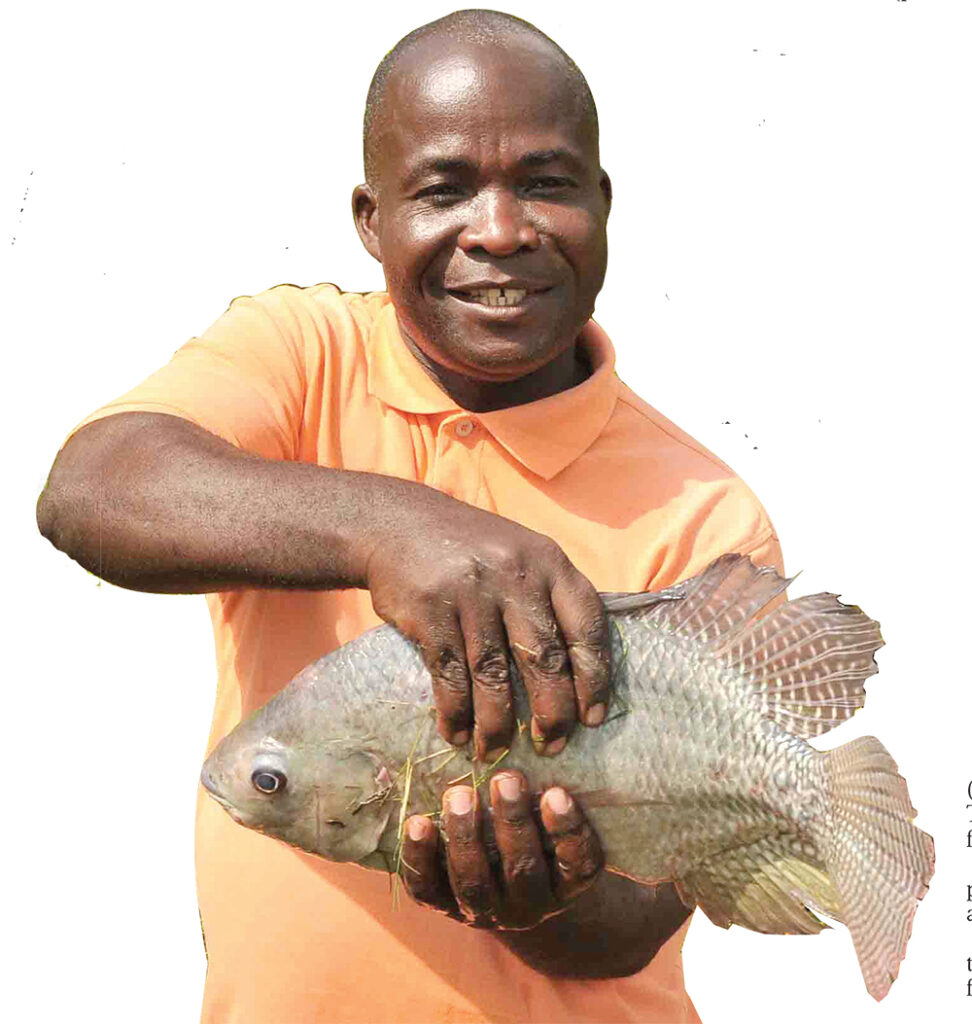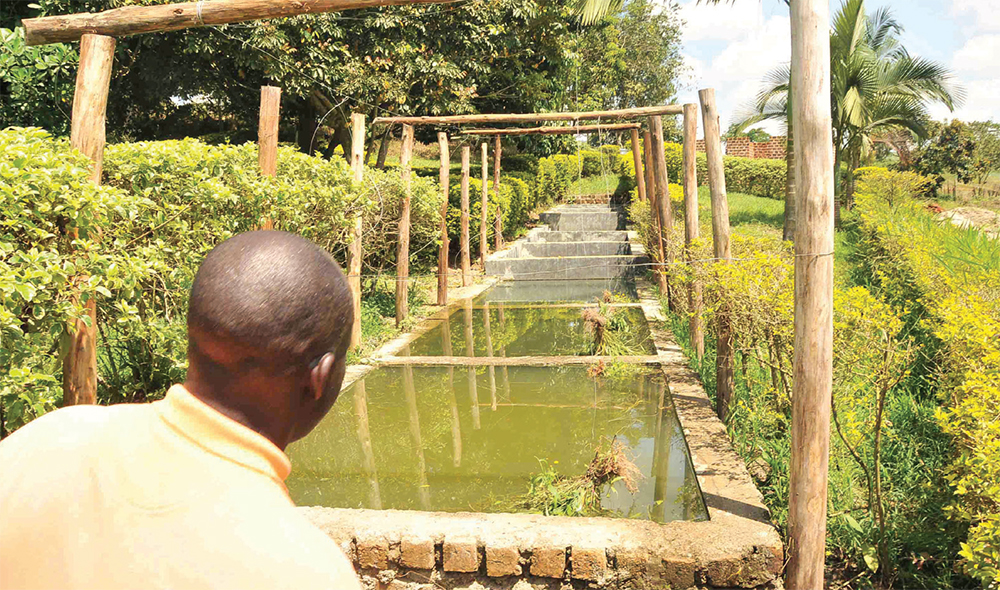Augustine Kiregga, 50, will never regret his decision to buy 25 acres of land in a wetland on Nakapinyi village in Nama sub-county, Mukono district in 2008. The land cost him sh125m, which he had saved for some years.
Kiregga reveals that his friends scoffed at him after learning about his new investment. They wondered why an educated man, who had worked in Kampala for over a decade, would choose to waste his savings on purchasing land in a rural area, worse still a wetland. They counselled Kiregga that he should have bought land in one of the upscale city suburbs and constructed rentals.
But Kiregga’s vision was to venture into fish farming, so he ignored the doomsayers. Due to the success of his farming projects, Kiregga says his life is better than when he was a civil servant. Kiregga now rears fish on two acres of land. He shared tips on Nile perch farming;
Before venturing into fish farming, Kiregga consulted some farmers who said it was impossible to rear Nile perch. But he turned a deaf ear and ventured into rearing Nile perch.
He says he knew how marketable and expensive Nile perch was. “I dug a pond of about 40 feet wide and at least four metres deep and five other small ones,” he says.
Kiregga says for the small ponds of about 10x15ft, he used local people to dig them and each cost over sh1.5m.
He hired excavators from Kampala to dig the big pond, which cost between sh5m and sh7m.
Kiregga also disproved other fish farmers who used to say Nile perch and tilapia cannot be reared in one pond. He keeps the two types of fish in the same ponds. Whereas some farmers say the Nile perch can eat up the tilapia, Kiregga’s co-exist.
Kiregga says the Nile Perch needs deep waters that must not be transparent. To avoid transparency of the water, after digging the ponds, Kiregga placed big stones in the pond to create space for fish to hide when laying eggs.
The foods which he puts on the water surface creates the algae, which makes the water dark or dirty.
Kiregga adds that Nile perch spend relatively much time in the deep waters, unlike tilapia which enjoys coming to the surface.

Getting the fingerlings
While other farmers get the fingerlings from individual hatchers and institutions like Kajjansi, Kireggga collected his from Lake Victoria in Entebbe through the help of the fisheries department.
“I brought so many, including the Nile Perch and tilapia. I was just trying them out and got good yields. However, transporting the fingerlings to the ponds requires a lot of skill,” he says.
The Nile perch die easily after being extracted from the lake. He, therefore, got big tanks, filled with water and put the fish.
Kiregga gives the fish artificial feeds. He has also discovered some other types of food which fish like.
“I plant vegetables such as carrots, cabbage and sweet potatoes, which the fi sh also like,” Kiregga says.
After harvesting the cabbage and other vegetables, Kiregga crashes and keeps them for some days, before pouring them in the ponds. The foods float on the ponds for some time until it forms algae. That is the point at which the fish enjoys this food most.
Kiregga also planted trees around the ponds to create shade. Fish do not need direct sunshine. He uses nets and a canoe if he is to harvest the fish.
At maturity, a Nile perch can weigh between 10kg and 20kg. A kilo coes for sh10,000-sh15,000.
Tilapia, which is much smaller at maturity on the other hand, goes for about sh14,000, sh18,000 and sh25,000, depending on the size for a whole fish.






